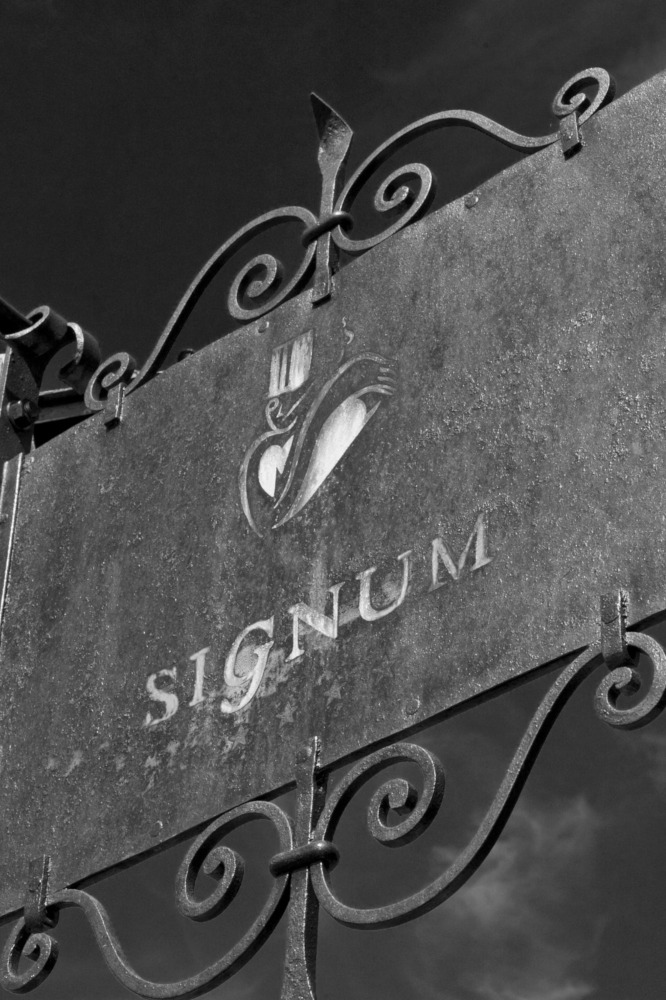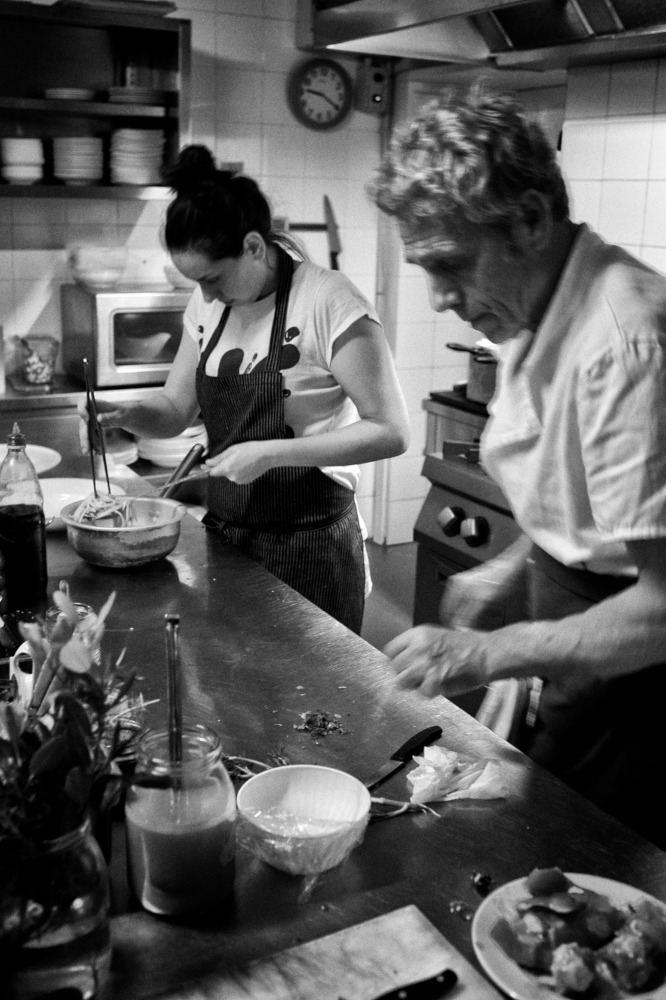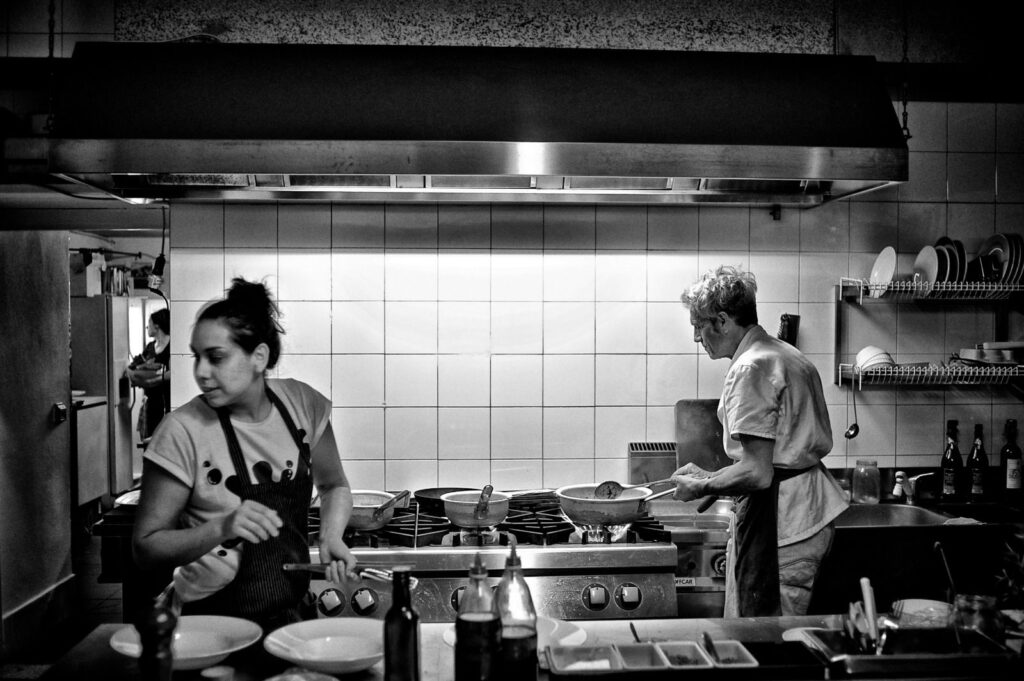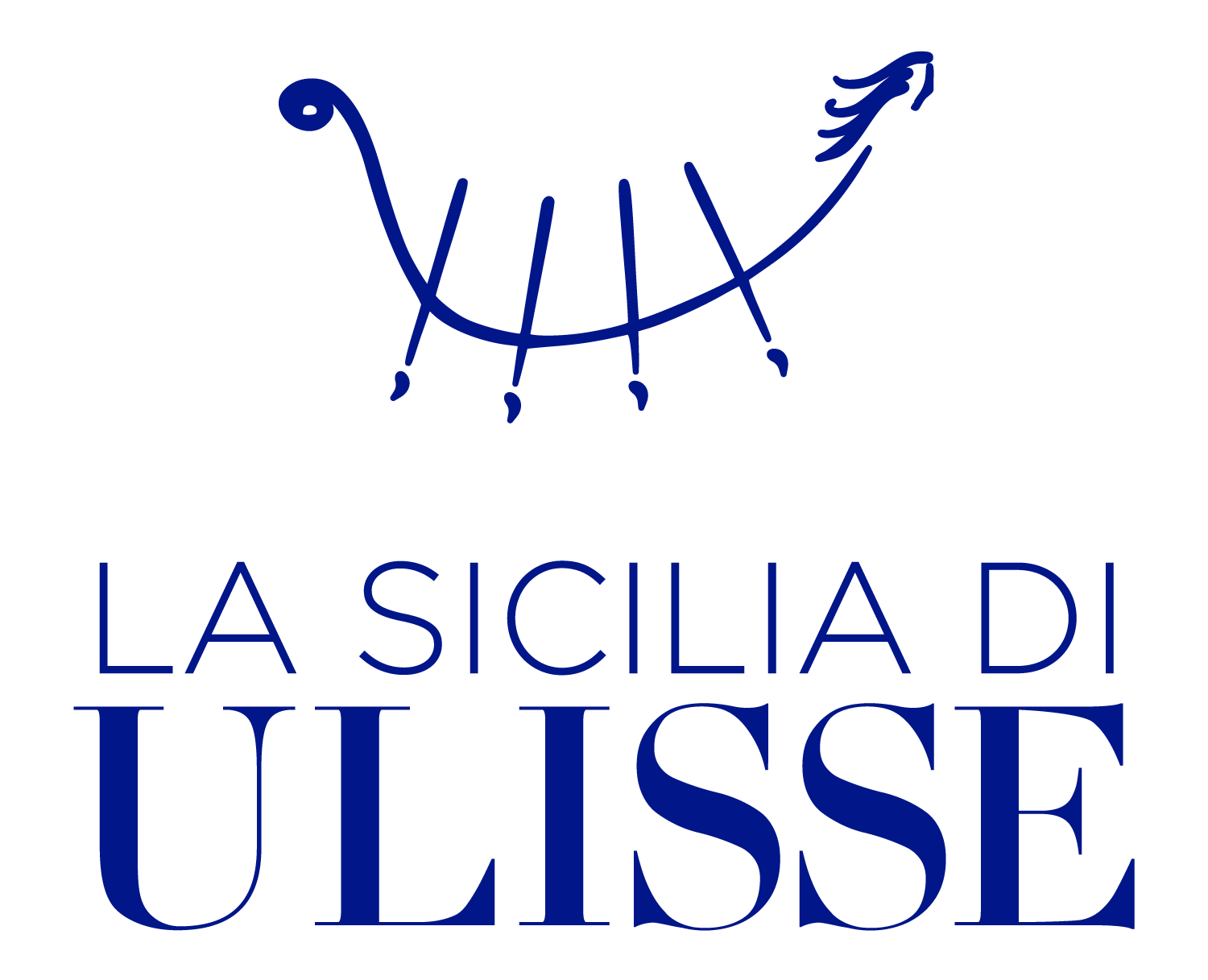
Nourished by authentic emotions, inspired by small surprises in good home practices, cooking is a rare talent that sometimes turns into something more serious, leading to demanding professionalism.
Intra-family “transmission”, however, is not a predictable conclusion. Indeed, in the professional field with generations in comparison, the styles follow different suggestions in search of a hypothetical “perfect” dish, which fortunately never comes. The creative vein, animated by completely different devils, plays and calls into question techniques, interpretations, memory.
I make this premise because this culinary obsession comes to my mind whenever I cross the fragrant threshold of the Signum, whose restaurant is brilliantly interpreted by Martina Caruso. Today just over her thirtieth.
And before Martina? First it is necessary to investigate Michele, the first cook in temporal order and Martina’s father. His career as a hotelier and chef at Caruso’s home has not had the comfort of previous professional models. Indeed, at the end of the 1980s, Michele was an unexpected, comfortable municipal employee who, looking at the pretty Aeolian village, whispered in the ear of Clara, his wife, “… but here a hotel would fit in well”. Martina, since 2013, collects an uninterrupted series of awards and successes, without ever stopping. Having had the good fortune to have seen both Martina and Michele at work, my curiosity is: what is the flow of information that passes from one generation to another? It will also be a rhetorical question, but the investigation between father and daughter should not be overlooked. So, to understand better, I had a nice chat with Michele.

Q. Michele, the Signum opened in 1988. What was it like at the beginning?
R. Until then I worked at the Municipality of Malfa and I had no experience in the hotel or restaurant sector. It was all new to me. We opened in August and I, still, knew almost nothing about this type of work. As often happens, you can tell how something will go by how it begins and during breakfast I was asked for a cappuccino. However, in front of the new coffee machine, I did not really know how to use it. It was my first little tragedy.
Q. I understand. And how was the start-up phase?
R. All in all quiet and constant. But after the help of a couple of articles, especially in foreign magazines, many Swiss and German guests began to arrive. They booked directly, already from spring. We did not know about these journalistic activities about us, with surprise we learned it from our own guests. Then we realized that it was the same category the one of reporters who booked. Word of mouth ran in the same branch of tourism. We are in this typical small Aeolian village with gardens and greenery around. The atmosphere is relaxing, protected. Although essential in the first phase, our services were of high quality. The rest was done by the island. I believe it was this.
Q. The Signum has focused without hesitation on taste and aesthetics
R. When we opened, in the Aeolian Islands there were very few places that had aimed at the so-called “gastronomic experience”. Our work started from the foundations but developed on the details: linen fabrics and napkins, nice cutlery, for meat and fish, crystal glasses for wines, champagne flutes and service at the height. The hotel has also undergone important transformations, we have included antique furniture, which we were looking for with Clara in the Aeolian Islands and outside the archipelago. We wanted to mix the ancient with all the contemporary comforts. The rooms decreased and some were merged, this to give more space to the guests and focus on the concept of “suite”, less than that of the room. The bathrooms were redesigned, the stone and the lava rock were chosen. Then came the SPA, which took up the style of the ancient baths of San Calogero di Lipari. All these choices, the style adopted and the work on the quality of the table pleased the touristic operators a lot and this rewarded us.


Q. How was the restaurant organized?
R. At the beginning it was very simplified, only breakfast and dinner. It was a sort of “half board”. People went around the island, while in the evening they wanted to stay in the hotel. The breakfast was Italian, although almost all were foreign guests. Cherry tomatoes, fruit, almost nothing salty, jams, bread and croissants. During the morning I prepared the evening menu, checking the availability and making a small menu with three first courses and three second courses, a vegetable-based course, a meat course and a fish course. A waiter, at breakfast then, passed between the tables and took the order for the evening. To this was added a free buffet with traditional appetizers. There were various appetizers, aubergine, courgette, omelette, caponata, tuna with onions, marinated fish, fried fish with mint and so on.
Q. Did the supplies present difficulties?
R. Not particularly. I was sourced from local fishermen and farmers on the island. The vegetables came from the Salina fields. Obviously, something came with the ship. The basic idea, however, as it is today, is to use local products. Indeed, for a couple of years I have been taking care of our own vegetable garden, which I grow for our exclusive consumption. We have tomatoes, aubergines, courgettes, peppers and lettuces; the latter I avoid them in the summer because they need a lot of water.
Q. Where does your kitchen come from? Where did you learn?
R. My dishes were and are those of the house, of family tradition, which I then transferred to the hotel. The inspiration was Salina. Basically, almost despotically, I transferred my taste and my recipes to the guests. Fortunately, everything went well. There were families with children who stayed 10 days, two weeks, and I always varied the menu.
Q. What dishes did you offer on the menu?
R. The first dish that comes to mind is pasta with capers, a dish that Martina still presents. After desalination of the capers I pounded them with oil and mint, then I added almond flakes which I toasted. In general, mine was a fantasy kitchen. I couldn’t stand the set menu, mostly because it was torture for me. My approach was spontaneous and I used the raw material freely.
Q. Was the service also simplified?
R. Think, to warn that dinner was ready we used a bell. Dinner time ranged between half past eight and nine. When I was done and the dishes were ready, I played it myself and everyone went to the table. This simplified the service a little and created a nice atmosphere.
Q. When did Martina manifest her desire to go to the kitchen?
R. Almost immediately. The interesting thing was that she had never expressed the will to cook. At home she didn’t. It was a surprise to me. Martina did not like numbers and the type of study that Lipari offered her was tight. So, at some point, s he told us that he wanted to go to Cefalù to the hotel school. She stubbornly organized the living room, the study and rented a house to find the right tranquillity. She managed everything herself.
Q. When did she enter the Signum kitchens?
A. After school, the work period ran from June to September. The tourist seasons were rather short, while today they run from April to October; but for many it is still so. After the season, she used the time to enter famous, starry kitchens, making interesting work experiences, such as the Gambero Rosso school.
Q. How much did you cook together?
R. In the kitchen we stayed together for about three years. She followed the recipes and the cuisine I proposed. My impression is that Martina has always known what she wanted and how she saw her kitchen. A change, in the whole management, had already occurred with the entry of my son Luca in the direction of the hotel. In the kitchen several interns and collaborators began to alternate, slowly I decided to make fewer hours and the transition took place smoothly. Martina was 23 years old.
Q. Did Luca ever intervene in the kitchen choices?
R. I have to say that Luca does not cook. But at the table he is a demanding gourmet and an excellent taster. For this reason, he had rightly understood that to be successful he had to put customers at ease. But even here, as mentioned before, the transition was rapid and unexpected: my wife Clara and I had to leave the hotel for a fairly long period, just during the summer. As a thoughtless boy as he was, his personality came out, a true commitment from a professional point of view.

A last question is for Martina:
D. Martina, about the period in the kitchen with dad what can you tell me?
R. That was exceptional. You have to think that for the first few years he worked in the kitchen alone. The guests, however, were always growing and, together with me, three other workers were added. I took care of the first dishes, this passion is still left to me. Today, however, we are between ten and eleven people in the kitchen staff. Among his masterpieces, which I still propose with pleasure, there are the “scorpion fish”, the “caper pesto” and in small events the “white sea ragoût”. At work there was the right detachment from the “father-daughter” family condition. I was amazed by the respect of the raw material when cooking. The products, from the land or the sea, arrived at the table in an almost complete and full of flavour. For the rest, we keep some rites. For example, in the morning he takes the wasp and goes shopping, I can accompany him if I can. He has a flair and special knowledge, he still takes care of the supplies. But it is not easy: just think that over 80% is an island product, including fish, fruit and vegetables. Without calculating the management of the vegetable garden, which in recent months has further intensified.




